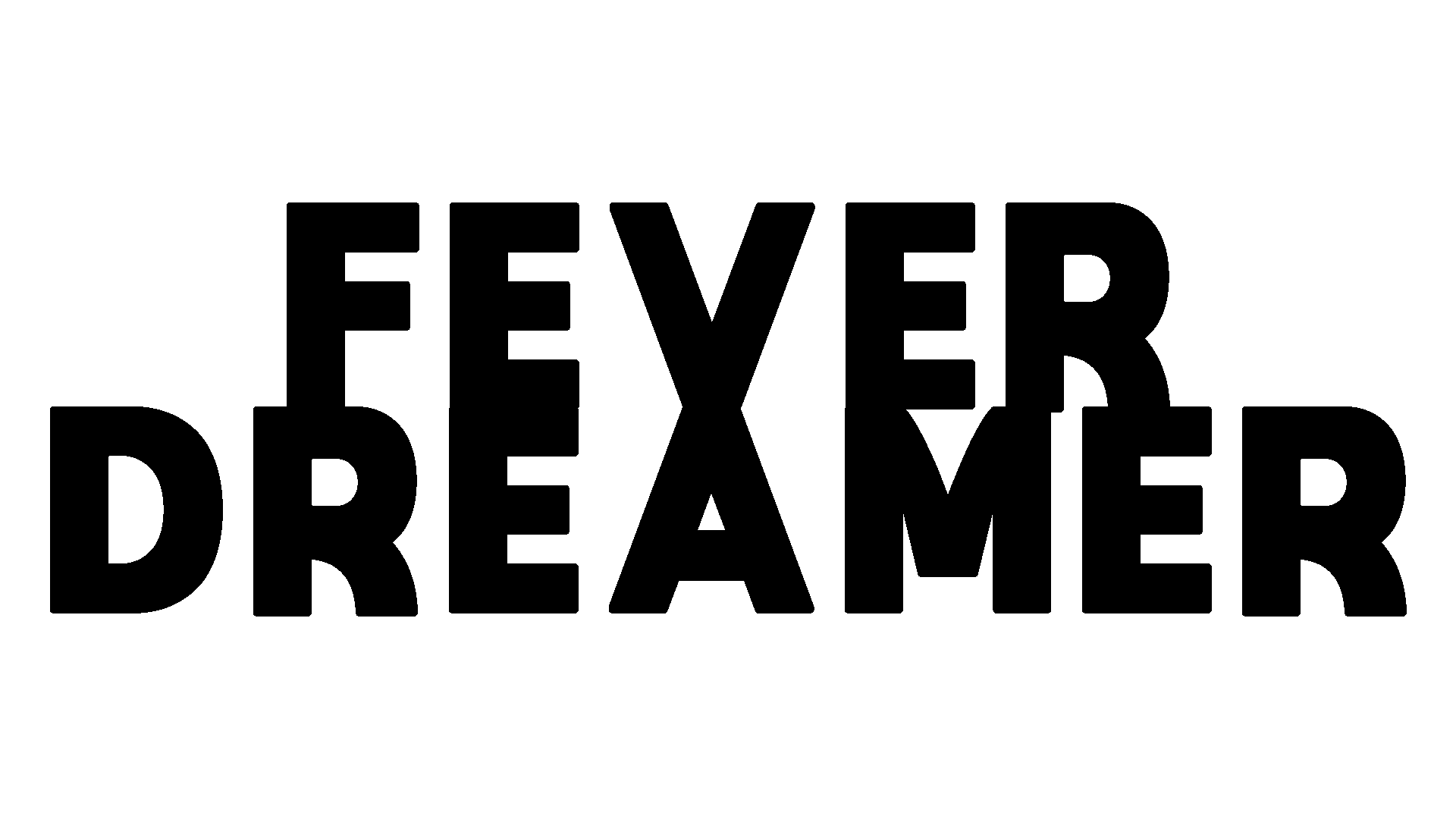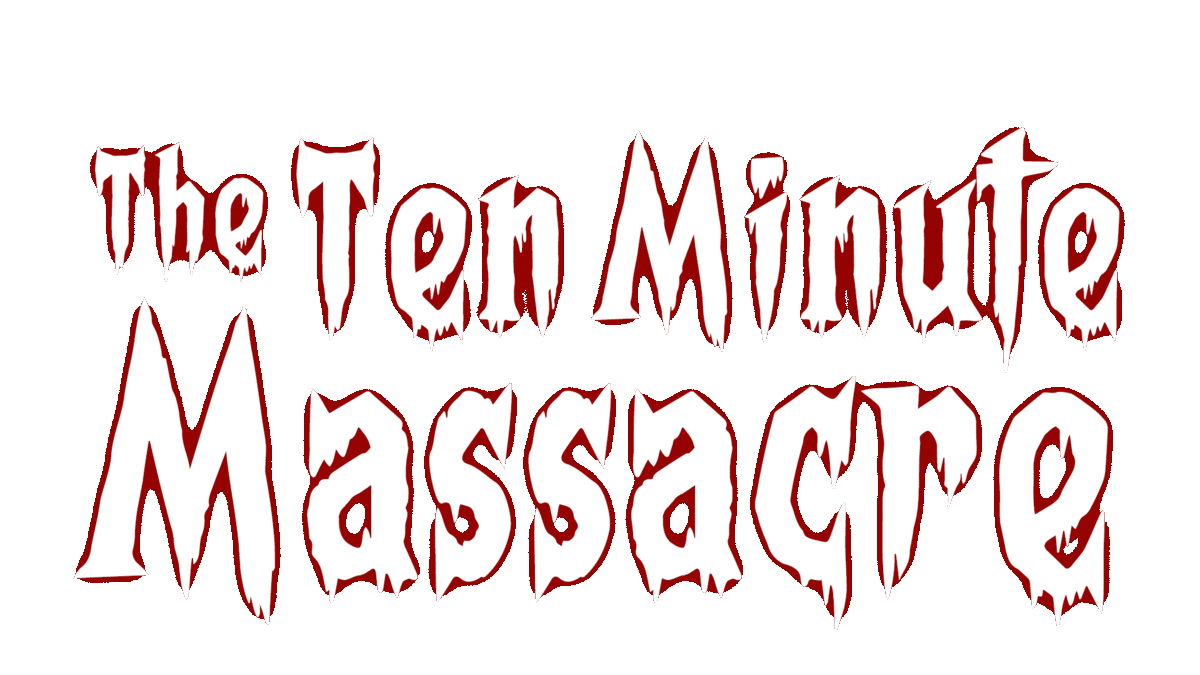Poltergeist and Mothers in Horror
- Audrey E Lorber

- May 1, 2021
- 5 min read
Horror has always had a tricky relationship with women. Though infamously a boys’ club from creators to audience members, women are overwhelmingly protagonists and take up more screen time than other genres (Clover). One way to explore gendered themes in horror is through the lens of motherhood, as being a mother and giving birth is pretty supernatural. And so, motherhood is ostensibly connected to women’s creation of life. Poltergeist (Hooper, 1982) uses narrative and mise-en-scène to tell the tale of life, death, and afterlife. “It’s like another side of nature. A side we don’t understand,” Diane Freeling, mom of Carol Ann, says of the initial strange goings-on.
In an episode of “Sex and the City” (Sn 4 Ep 15), Carrie tells the pregnant Miranda, "Did you realize that you're growing a teeny tiny penis inside you? It's so sci-fi!" And as award-winning writer Lucy A. Snyder wrote, “science fiction and horror share many of the same genre roots” (Snyder). The science fiction genre often shows us scientific advancements and their repercussions, which can be extremely scary. Horror movies act as mirrors too, reflecting timely societal issues back to its audiences, “acting as reflectors turned against their viewers,” (Bailey). Sometimes this was accomplished through subtext to skirt around Hays Code Laws as the 1930s saw the queer coding of Universal’s monsters in Bride of Frankenstein. In the 1980s, the slasher subgenre of horror gripped American audiences with its themes of suburban familiarity and conservative fears (Bailey). Horror movies, spanning tens of subgenres, are a reflection and exaggeration of societal fear. It is this combination of inventive storytelling and rating guides that push these films to utilize metaphors and subtext to drive home their respective themes.
Poltergeist is about a disturbance in the home of a white, middle class nuclear family, The Freelings. Ultimately, the story is one of bravery toward the unknown, as Diane risks her life to save her daughter’s. The father of the family, Steve, unknowingly works for the company that wrongly vandalized the graves of Native Americans to put homes over the land. And because The Freeling Family lives in one of these homes, this is the reason that the youngest child, Carol Anne, gets trapped in another plane. So to me, this movie is asserting that corporations are evil, fathers suck, one shouldn’t deface others’ graves, and mothers will always be there to save the day.
There are a lot of infamous mothers in horror to dissect. From The Shining (Kubrik, 1980) to Child’s Play (Lafia, 1988), mothers have played different roles in the horror movie: The Monstrously Good Mother, The Ultimate Good Mother, and The Monster Mother. In most, she would do anything for her child- almost to monstrous extremes. I think this extremely protective subtrope, like in Friday the 13th (Cunningham, 1980) and Psycho (Hitchcock, 1960), exemplifies mother as monster because of the supernaturally strong bond between mother and child. This theme was explored in Hustlers (Scafaria, 2019) when JLO’s character asserts “motherhood is a mental illness”. Some mothers, like the one in Poltergeist, can be seen as the ultimate good against evil, the only thing powerful enough to go up against the devil and win. Finally, mothers like those in Rosemary’s Baby (Polanski, 1968) and Carrie (De Palma, 1976), reject motherhood and thus are viewed as the ultimate evil in their movie.
The mother in Poltergeist makes the ultimate sacrifice for her child in the third. She volunteers and fights to go into the unknown after her daughter. And then they are rebirthed together through the portal in the ceiling. Afterward, in the scene where they are packing up to move, Dana, the oldest daughter, points out her mother’s new grey hair. A streak of grey is often a sign of extreme stress, similarly adorned by Nancy in The Nightmare on Elm Street. And while I do think this is a contributor to Diane’s new streak, I also think it represents another puberty or maturing that she’s gone through, a rebirth.
Though motherhood has horrific roots on its own, I believe another reason mothers occupy such a large space in the horror genre is the prevalence of children in these stories. Children provide horror movies with a unique perspective, similar to the way they and animals can see supernatural things that adult people just can’t. And childhood is linked to motherhood by ways of mothers bringing their children to life literally. I do not think it is a coincidence that Carol Anne is the youngest in the family, the purest and closest to new life.
Before getting to the shot I’d like to analyze, I want to link it to other scenes in the movie first. In a scene in which medium Tangina Barrons is helping The Freelings communicate with their daughter, she tells the family, “and she will only hear her mother's voice”. However, when Carol Anne isn’t answering Diane, Tangina instructs the parent Carol Anne is most afraid of to speak to Carol Anne. Steve calls to his daughter and she answers. Many fans find this contradiction confusing, but I think the information aids in Diane’s character arc. Carol Anne is not afraid of her mother in the beginning or end of the movie, but Diane finds the courage throughout the movie to become strong enough to do whatever it takes. In the climax of the film, Diane screams at the spirits guarding her childrens’ bedroom. And then she takes charge as she climbs the stairs screaming, “Get away from my babies”. And that’s an order! She fights evil and wins, getting Robbie and Carol Anne into the safety of her arms.
The shot that I’d ultimately like to assess through the lens of motherhood in the genre is of Carol Anne in her mothers arms, both of them covered in supernatural red gunk provided by their adventure on the other side. Though I definitely think this shot could be dissected apart from the additional motherhood themes throughout the movie, I think this analysis would benefit from choosing to look at this shot in reference to the entire film. As Diane and Steve lay in bed, smoking and discussing the recent peculiar events, she says “I’ll bet you anything it’s genetic. I mean Carol Anne last night and all last weekend... and me when I was 10”. Dialogue like this is rich with the bond between mother and child, and of the repetitive nature of the life cycle. Poltergeist tells the story of life versus death through the lens that mothers are instrumental in not only creating life, but also in keeping the living alive.
In the shot, Diane, though unconscious, is holding Carol Anne in her arms. They are both covered in supernatural gunk, not unlike the way babies are born covered in bodily fluids. Diane is holding her daughter- so tenderly and close though not even being awake yet- on her chest just like the way mothers often look at their babies for the first time. Real midwives also recommend home water births be performed in a bathtub (Shute). As for blocking, Steve is crouching next to the tub, like the way fathers often sit next to mothers giving birth. Eventually, the two wake up for a mostly happy ending. This shot symbolizes rebirth in the face of death.
Word Count: 1325
Sources
Bailey, Jason. “Why the Slasher Movie Was the Quintessential '80s Horror Subgenre.” Flavorwire, Flavorwire, 29 Oct. 2013, www.flavorwire.com/422455/why-the-slasher-movie-was-the-quintessential-80s-horror-subgenre.
Clover, Carol J. Men, Women, and Chainsaws: Gender in the Modern Horror Film. British Film Institute, 1996.
Snyder, Lucy A. “The H Word: The Intersection of Science Fiction and Horror.” Nightmare Magazine, 28 July 2014, www.nightmare-magazine.com/nonfiction/h-word-intersection-science-fiction-horror/.
Shute, Nancy. “Doctors Say Don't Give Birth To Baby In A Tub, But Midwives Disagree.” NPR, NPR, 23 Mar. 2014, www.npr.org/sections/health-shots/2014/03/21/292381478/dont-birth-that-baby-in-a-tub-doctors-say-but-midwives-disagree.












Comments